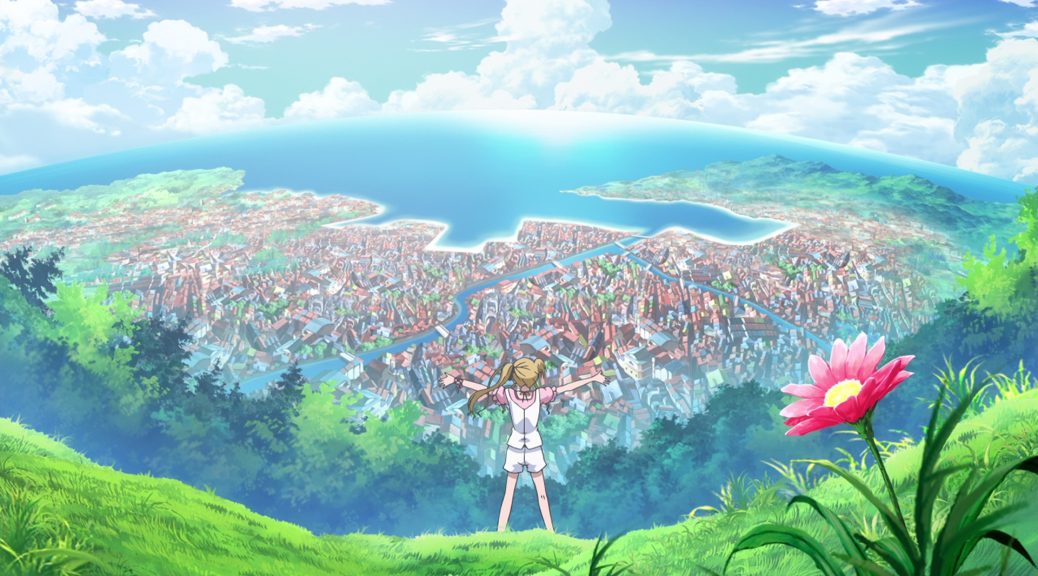
Compatibility in Adaptations: ef – a fairy tale of the two
Spurned on by the passing of the company that birthed it, today we’ll be turning back the clock a whole decade to take a look at ef – a fairy tale of the two. Not just its fondly remembered anime adaptations, but also how its visual identity had already been shaped by a certain renowned creator.
We’re a little over a month from developer minori’s announcement that they will be shutting down their doors for good. A significant event in and of itself considering the company’s pedigree and position as one of the biggest players in the visual novel industry, though admittedly it might be a hard one to grasp if you never happened to get into this subculture – more specifically eroge – during its heyday. The industry surrounding them has shrunk to the point where you’d be hard pressed to find anything quite as niche as it, so it wouldn’t be too much of a surprise had all this gone down without much noise to follow it.
That isn’t how things played out, though. And for a simple reason: minori were one of the rare companies whose name held value even to audiences outside of the bubble their industry currently exists in. Their fervent wars against the idea of fans wanting to translate their games no doubt helped contribute, but you don’t make a lasting impact like that unless you jump the shark and pull off a quadruple axel in the process. It’s said games that did the heavy lifting…though not quite in the way you would expect. They had their own merits, but minori’s reach ultimately came as a result of the things attached to their games, and in this scenario, it’s only appropriate to single out ef – a fairy tale of the two.
Which part, then? The game’s own opening sequences, drafted by none other than Makoto Shinkai himself, or the adaptations entrusted to SHAFT at the height of their golden age? Considering the pedigree of the people involved, the answer’s unsurprisingly both, though there is a catch. It’s perfectly fair to approach them as separate entities when you think about the individual impacts they had on people’s perception of the series, but Shinkai and SHAFT were treading similar paths at the time. And whether by fate or by happy coincidence, those paths happened to meet in ef.
Shinkai’s involvement in the series feels like common knowledge to anyone interested in his personal history nowadays, but it’s also important to highlight that said involvement is more than just an interesting tidbit. minori’s very first offering was accompanied by an opening sequence handled by him, and he went on to define the company’s visual brand to the extent that even their releases following the end of their collaboration made every effort to preserve it. By his own admission, working with minori gave him a platform to experiment with techniques that his movies couldn’t, a trait that had carried on from his days working at Nihon Falcom. And above all else, there’s no denying that, as someone who had very much come to specialise in making personal stories feel like the fate of the entire world was at stake, Shinkai’s own aesthetic was a match made in heaven for what minori wanted to accomplish with ef.
His ambitious approach to digital postprocessing, awe-inspiring scenery with a focus on the skies, the sheer scale of his compositions, it all served to give extra grandeur to the epic environmental storytelling the company had in mind. Sequences we’ve come to perceive as quintessential Shinkai were at the time serving someone else’s vision, at least to some degree. It’s hard to imagine his career having veered in an entirely different direction had he not crossed paths with minori, since those were qualities already present in his work, but it’s hard to deny that it reinforced his artistic beliefs – kind of a fated meeting, like in his own films.
Though we’re about to hit a perspective shift away from Shinkai, it’s a little bit too soon for a timeskip. During the time he was experimenting within minori’s works, huge developments were underway over at SHAFT as well. The mid-00’s were interesting years for the anime industry in general, and it was around then that they set down their path towards becoming the studio we’re familiar with today. In doing so they would unknowingly establish a common link with Shinkai, not just in the form of an instantly recognisable brand, but also in how they cultivated it — though that’s something we’ll cover soon enough.
With each party’s paths set, all that was left now was for them to eventually meet. And as it turns out, ef may just have been the perfect intersection. With titles like Pani Poni Dash! and a new take on Ken Akamatsu’s Negima! under their belt, SHAFT had firmly established their brand by the time 2007 rolled around, ushering in a period in their history that many look back on fondly as their best. It’s no surprise then that they were selected to handle the first tale‘s adaptation, but as fate would have it, its eventual director Shin Oonuma was already a fan of the material they were tasked with bringing to TV. And if there’s one thing he understood more than the importance of the game’s opening, it was the very brand the studio had become known for.
Don’t just take it from me, though. Oonuma himself had spoken after the fact about wanting to capture the essence of eternal feather in the context of SHAFT’s brand, and as you’d expect, that mindset is what went on to shape the upcoming adaptations. Just to drive that point home, a DVD by the title of ef – a tale of memories ~prologue~ was released a few months before a tale of memories itself started airing, acting as a proof of concept of sorts for the show. While only a few minutes long, the volume of shots that seem all too familiar should say all it needs to about its influences, though there’s also ample teasing about what to expect going forward. Now that might sound like an interesting marketing decision, but let’s not forget that this was our very first look at the show. And not only did you have to pay for it, not a single bit made it into the show itself! Because the more SHAFT changes, the more it stays the same.
On the topic of SHAFT and changing, this is where we revisit their mid-00’s transformation — more specifically, how they went on to cultivate their brand during it. There’s no need for me to give a much less informed recounting of the story given one already exists, but the biggest takeaway from it all in relation to ef was the studio’s shift towards a more digital-focused environment. This made their workflow compatible with what Shinkai had already produced for the game by default, but Oonuma being the one at the helm of the adaptations only helped underline it. Even the most basic of comparisons makes the gap between old and current Shinkai obvious, a result that came from being an early adopter who was willing to experiment with bolder digital techniques than were prevalent at the time, and Oonuma can be seen as someone who followed in his footsteps in this regard. As a member of Team Shinbo, comprised of its namesake Akiyuki Shinbo, Tatsuya Oishi and himself, his digital touch was his main weapon when it came to standing out against the titans that flanked him. But much like Shinkai, standing out doesn’t automatically imply positive results.
Let’s be blunt: neither a tale of memories nor a tale of melodies have aged well. And if that claim surprises you in any way, trust me, it’s also the last thing I expected to say after deciding to finally revisit them. It’s a weird feeling to do a 180 on a show you thought was absolutely gorgeous at the time, but one I had to come to terms with in the end. To rub salt in the wound, there’s a fair amount of scenes that just feel like they had all the potential in the world, yet stumbled hard simply as a product of the times. Clumsy attempts are still better than none at all, but it’s also hard to imagine that anyone wants proto–GoHands to be the way their work is looked back on. Though that might even be a compliment when put up against the absolute worst offenders, because I’d like to believe that no one would produce whatever this is nowadays. Ambition can be a tricky thing to criticise, but this is one of those situations where I feel comfortable saying that reining it in just a bit would have been for the best.
It’s always been a theme on this site though that, unless under incredible circumstances, the positives are given more of a platform than the negatives. And to be honest, I wouldn’t be writing this post in the first place if I hadn’t come out of this rewatch knowing that I still love ef as much as I did back in the day. So while the lows can take you straight down to the abyss, now we can climb back up and keep our focus on the highs. Because for every blunder in its photographyPhotography (撮影, Satsuei): The marriage of elements produced by different departments into a finished picture, involving filtering to make it more harmonious. A name inherited from the past, when cameras were actually used during this process. endeavours along the way, there’s also the humble victories that didn’t just set it apart from the competition at the time, but would also feel right at home with the modern day understanding of how to apply these techniques. Hardly a consistent approach, and not one every show could get away with, yet one that somehow feels thematically appropriate when you take into consideration the sort of story ef is in the first place.
Truth be told though, this is still only half the story. Ask most fans what stuck out to them about Shinkai’s aesthetic and chances are you’ll hear something along the lines of the shiny visuals and pretty backgrounds, but little about character expression in a more traditional sense; feelings projected to a gorgeous world rather than acted out through character behavior. Whether it be his pre-your name movies or the openings we’ve touched on, his priority was always in the pursuit of creating rich environments and having them act as a platform to propel the story along — which, funnily enough, fit the mold of the traditional visual novel opening that relies mostly on smart editing of existing assets such as the backgrounds and CGs. This ties in to another area where he and SHAFT were compatible, though this time it’s more a case of circumstance over design, as the latter’s less than ideal management lead to a much more economical approach to the animation in its shows as a result. Not to say they abandoned character acting entirely, as climactic moments were given time to shine more often than not, but they also couldn’t afford for it to remain a constant.
With an important tool bound by limited uses, the question was simple: what other venues do we have to convey the same ideas? One with an unsurprisingly simple answer, considering the people who comprised the studio. If the characters themselves are restricted, then let everything else do the talking instead. In the context of ef, foreground objects and environments become prominent as they either dominate the screen or have characters framed through them, oftentimes giving us context on their mental states or relationships with others. And on the idea of cast dynamics, layoutsLayouts (レイアウト): The drawings where animation is actually born; they expand the usually simple visual ideas from the storyboard into the actual skeleton of animation, detailing both the work of the key animator and the background artists. act as a window into ideas like the emotional divide between Yuu and Yuuko, backing up the almost palpable hostility between Miyako and Kei, and even the highlighting the emptiness in Kuze’s failing heart, just to name a few.
As an aside, though keeping in line with this idea, there’s a non-insignificant amount of people who I’ve noticed writing about both adaptations under the impression that Shinkai himself was involved with them. And I don’t mean to highlight that as a way to mock them, but rather to point out that there’s times where you might actually be inclined to believe it given instances where it replicates his brand at the time surprisingly well, moreso when compared directly to his OPs.
With all that in mind though, I feel like it’s worth capping this post off by saying that while the stars aligned to bestow ef its aesthetic, defining it solely through that would be doing it a disservice. If Shinkai’s game openings represent the series’ focus on the grand narrative, then the anime openings represent the times when it steps back to give us a more intimate look into the characters themselves, even using concepts from the former to illustrate different sides of the same coin. Whenever the show wants, or even needs, us to understand a character better, we’re given a window into their mind in a way much more reminiscent of Tatsuya Oishi’s approach — one that many would describe nowadays as classic SHAFT.
And honestly? That may just be what defines ef the most for me: a series that’s always at its best when it’s simplest. The heaviest narrative beats can miss the mark just as often as they hit, but scale things back a bit and feature a seemingly hopelessly situation dyed in monochrome get shattered to pieces with a resounding I love you! and you’ll find me shooting off into orbit following a fierce fist pump.
Support us on Patreon to help us reach our new goal to sustain the animation archive at Sakugabooru, SakugaSakuga (作画): Technically drawing pictures but more specifically animation. Western fans have long since appropriated the word to refer to instances of particularly good animation, in the same way that a subset of Japanese fans do. Pretty integral to our sites' brand. Video on Youtube, as well as this SakugaSakuga (作画): Technically drawing pictures but more specifically animation. Western fans have long since appropriated the word to refer to instances of particularly good animation, in the same way that a subset of Japanese fans do. Pretty integral to our sites' brand. Blog. Thanks to everyone who’s helped out so far!
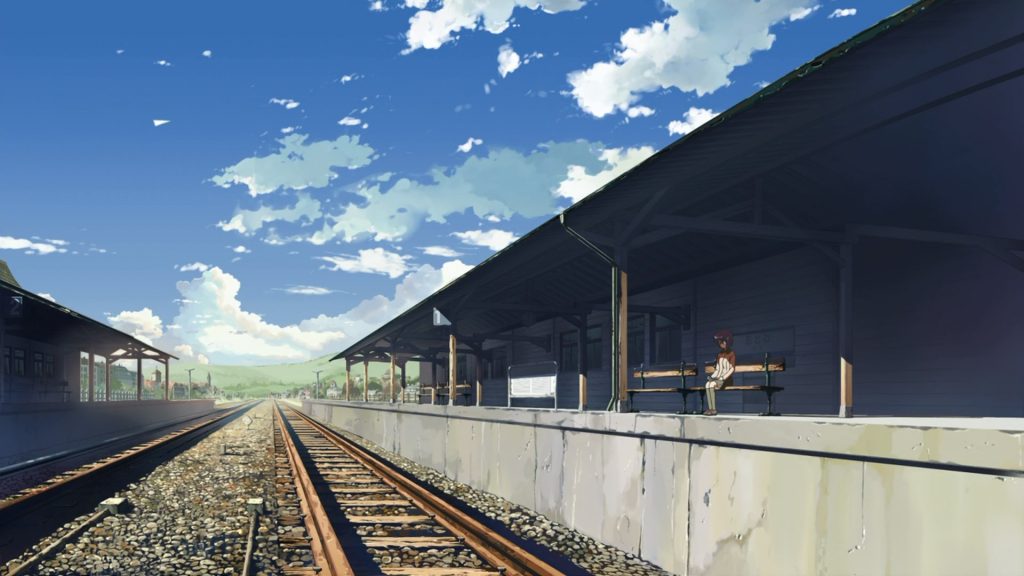
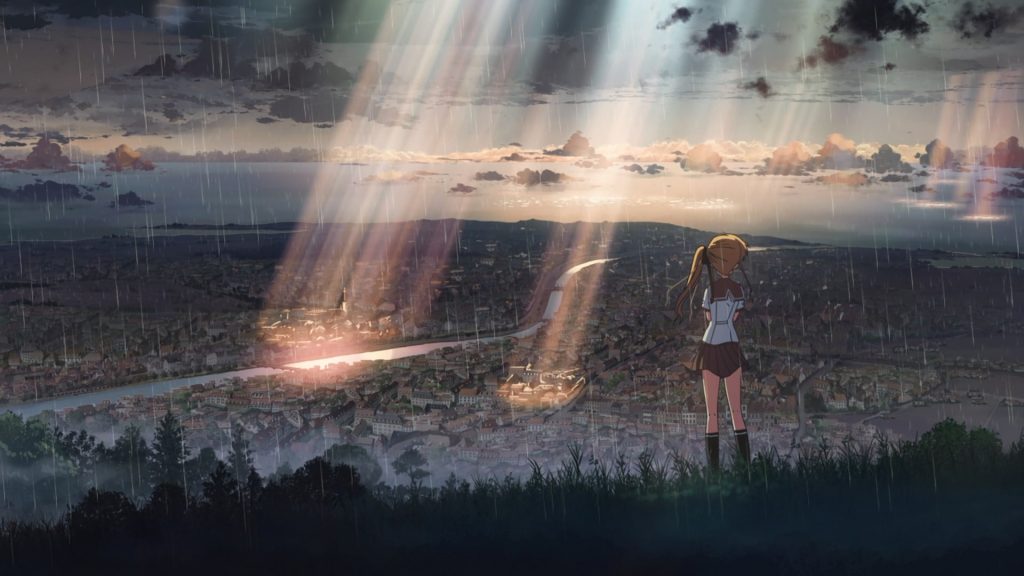
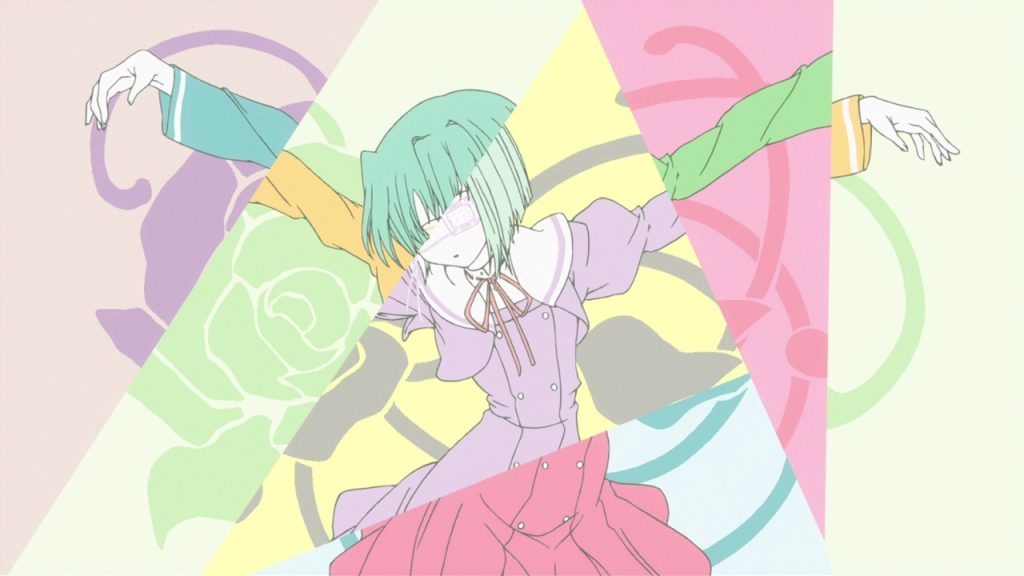
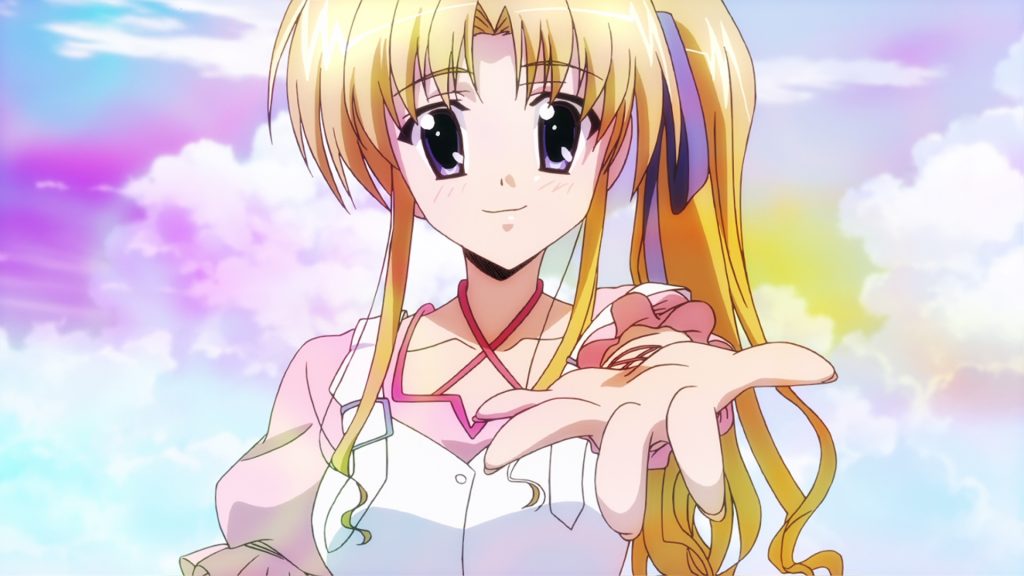
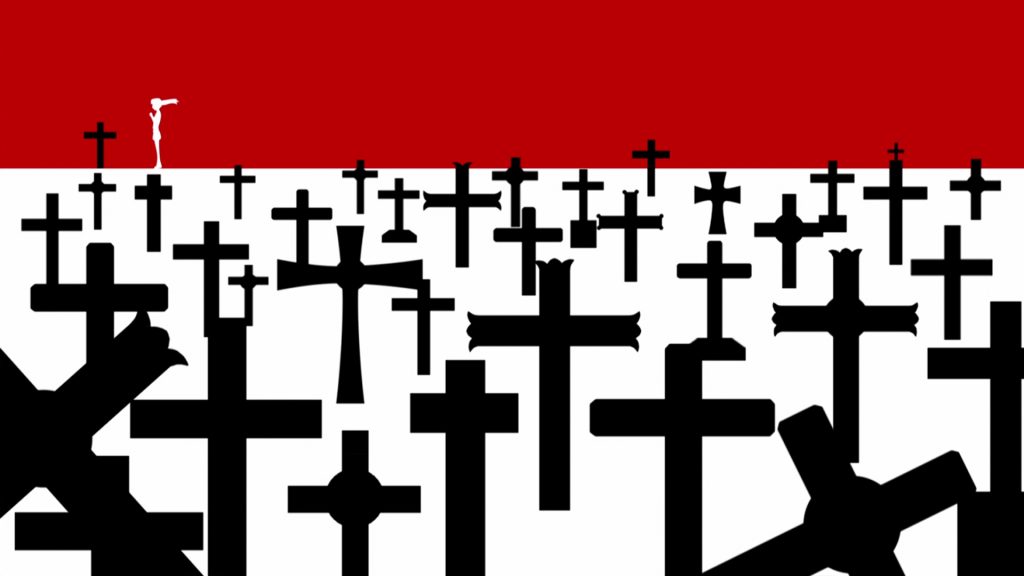
Thanks for the material! Although I have rather complicated impressions of adaptation (it was the first such anime for me and sometimes my head even started to hurt because of the abundance of symbolism, lol), but on the whole it was a good experience for me.